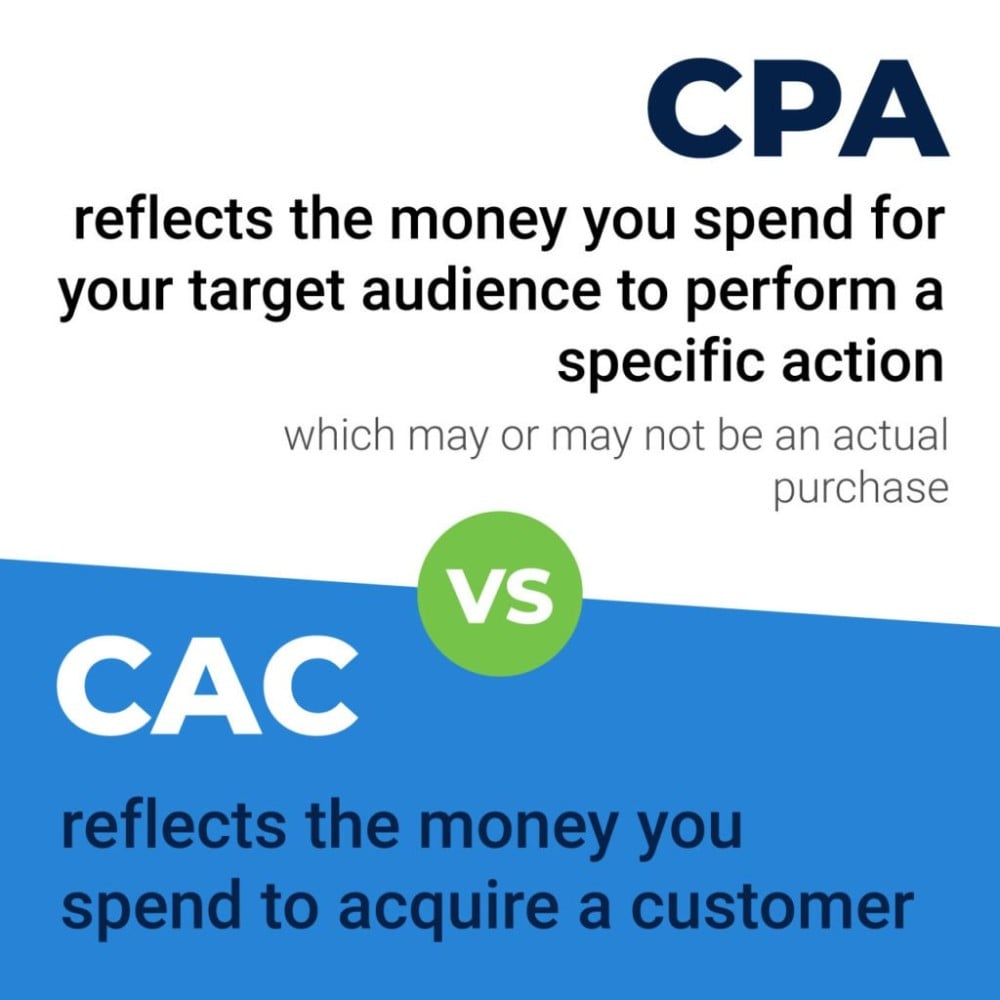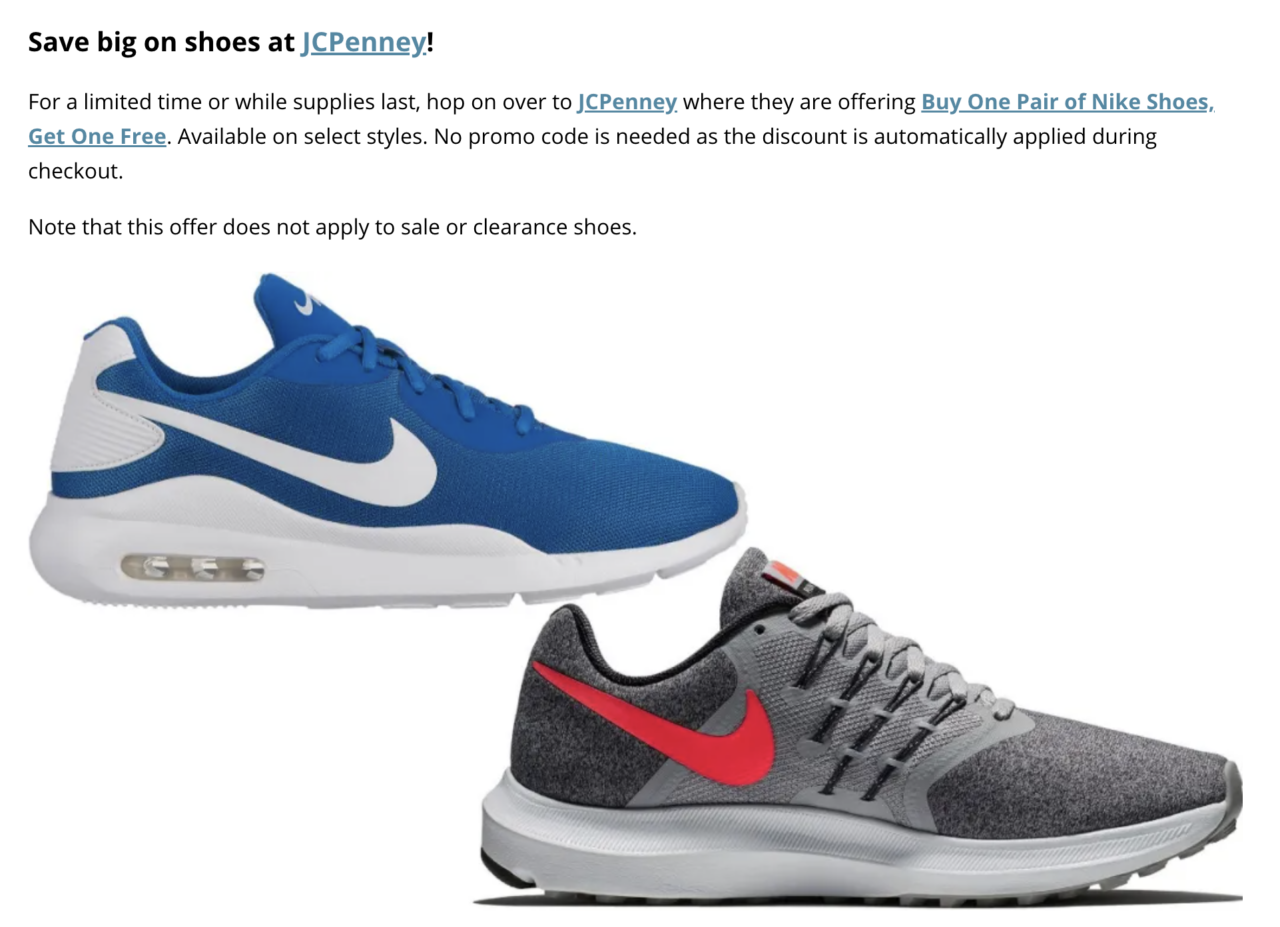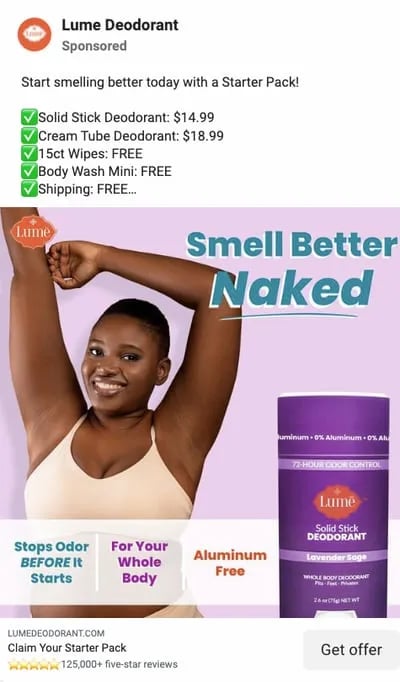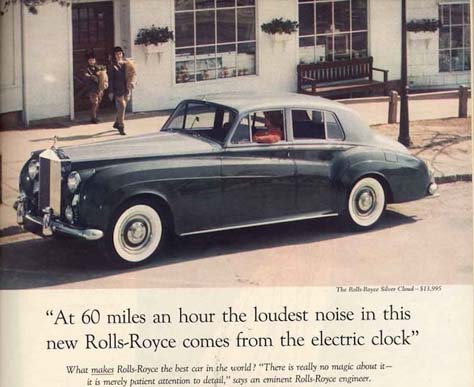One of the most important types of data you’ll ever measure with online marketing is your cost per acquisition, so understanding CPA is the key to unlocking extraordinary ROI.
In this post, we’ll break down the complexities of CPA optimization and show you six effective methods to lower your cost per acquisition.
Whether you’re an experienced marketer looking for new techniques or brand new to the field, you’ll learn something here!
What Exactly Is Cost Per Acquisition?
Customer Acquisition Cost (CAC) refers to the total expenses incurred by a business to acquire a new customer. It encompasses various costs such as marketing, advertising, sales efforts, and other related expenses.
On the other hand, Cost Per Acquisition (CPA) specifically focuses on the cost associated with acquiring a single conversion or action, which could be a purchase, sign-up, or any other desired outcome:

CPA is a more specific metric that looks at the cost efficiency of individual conversions, while CAC provides a broader view of the overall investment needed to gain new customers. But for the remainder of this post, we’re going to dial in on CPA.
The most important thing to carry with you as we begin is understanding that your CPA will validate almost all of your efforts, especially when it comes to paid media channels. It is how you measure the value of the leads you collect against how expensive it was to obtain them. It can validate or disqualify whole strategies on its own, solely based on the CPA goals that you set.
6 Effective Ways to Lower Your CPA
Now that you are clear on what exactly cost per acquisition is, let’s get on to lowering it!
1) Craft Unforgettable Offers
Imagine a situation where a member of your audience discovers a deal that appears too good to be true. It is an offer that stands out among the digital world’s noise, resonates with value, and demands attention. The temptation of a free gift or an amazing price is an age-old marketing tactic that works just as well online as it did in the days of brick-and-mortar stores.
This tactic is based on the idea that an intriguing offer sparks interest, and interest often leads to engagement and conversions.
Example 1: “Buy One, Get One Free” on Trendy Footwear
Imagine an online shoe store in a competitive market where multiple brands are vying for attention. To differentiate themselves, this store announces a limited-time “Buy One, Get One Free” offer on their trendy new sneaker line. The offer spreads like wildfire on social media. 
Why? Because people perceive it as getting two high-quality shoes for the price of one — a deal that’s hard to pass up. The surge in traffic and subsequent sales lowers the CPA, as a high volume of conversions result from the single promotional campaign.
Example 2: Exclusive Membership Discounts for a Beauty Subscription Box
A beauty subscription box service, wanting to boost its subscriber numbers, offers an exclusive 50% discount for the first month to members who sign up through a particular influencer’s promotional code. Given the influencer’s wide reach and the high value of the offer, a flurry of sign-ups occurs.
Why? The exclusivity of the offer (limited to those using the influencer’s code) and the perceived value (50% off) compels many users to sign up, leading to a lower CPA for acquiring these new customers.
2) A/B Test: Learning from Failure, Forging Success
Accepting your failures is a crucial component of progress in the trade of digital marketing. Enter A/B testing, a technique that enables you to delve into your audience’s thoughts and understand their preferences, activities, and interactions.
You have access to a wide range of software tools that allow you to track mouse recordings, look at heatmaps, and see how users interact with your material. The road to success is frequently strewn with unsuccessful experiments, but every stumble brings you one step closer to the secret ingredient.
When you A/B test, you’re not just lowering your cost per acquisition as you fine-tune and optimize your campaigns based on these data; you’re also creating a plan that is innately suited to the requirements and preferences of your audience.
3) Captivate Users with Headlines
Imagine seeing an ad headline while going through your social media account that speaks to your wants or pain points, like this one from Lume Deodorant:

It has a magnetic draw that entices you to keep exploring. Such headline writing is an art form that has a big influence on conversion rates. The value of advertising pioneer David Ogilvy‘s rule of a succinct, clear, and engaging headline cannot be overstated. Check out one of his early ad headlines:

Your messaging becomes a lighthouse that leads your target audience through the conversion journey when it is crystal clear and strikes a chord with them. The outcome? An improvement in conversion rates that results in a drop in your cost per acquisition. The potential of a well-written headline to grab readers’ attention and convey value within seconds.
4) Glean Inspiration from Competitors’ Ads
Your competitors are more than just other companies that get in your way; they’re also a rich source ofknowledge and ideas if you take a moment to look closely at their tactics and approach.
You obtain a distinctive perspective on what appeals to your target group by doing some competitor analysis, examining the competition’s ad campaigns, carefully examining their messaging, and studying their landing sites. Platforms like the Facebook Ad Library provide access to a wealth of rival advertisements that have generated substantial interaction.
When you look at their techniques, you might find tactics that could help your own campaigns succeed. And by factoring this data into your planning decisions for your campaigns, you may increase revenue generation and, as a result, lower your cost per acquisition.
5) Creativity: A Continuous Cycle of Innovation
Consider the creative process to be the conductor’s baton in a symphony that represents your digital marketing efforts. The notes in this symphony are a never-ending stream of imaginative and original ideas.
This mentality is best demonstrated by the ClickFunnels team, led by Russell Brunson, who consistently produces fresh material that keeps their audience interested and focused. The justification is simple: Viewers who see static, repeating adverts get indifferent to your message, a condition known as banner blindness.
This barrier is overcome by regularly including fresh creatives in your advertising, which keeps your audience interested. Your conversion rate increases along with audience engagement, which inevitably lowers your cost per acquisition.
6) Let AI Optimize for You
The incorporation of artificial intelligence in marketing has brought in a new wave of optimization possibilities at a time that is characterized by technical breakthroughs. Platforms with AI and machine learning capabilities promise efficiencies and accuracy that are difficult to match manually.
In a lot of cases, advertising platforms will have innate machine learning capability that can automatically optimize your ad campaigns based on a particular CPA goal that you define.
Example 1: Automatic Bid Adjustment in Google Ads
A small online business selling handmade pottery decides to set up a Google Ads campaign. Instead of manually setting bids for every keyword they want to target, they leverage Google’s Smart Bidding, which uses machine learning to automatically adjust bids in real-time. They define their desired CPA (say $5 per conversion).
Over time, the AI observes that certain keywords perform better at specific times of the day, and it starts to adjust the bids accordingly. For instance, it may increase bids during early evening when users are more likely to purchase and decrease bids during working hours. As a result, the business sees a significant reduction in its CPA, without the constant manual oversight.
Example 2: Dynamic Ads for Flight Offers on Display Networks
An airline company wants to advertise its discounted flight routes for the summer. Instead of creating a single static ad for all destinations, they decide to use Dynamic Ads. This AI-powered technology can automatically generate ads based on user behavior, interests, and previous search queries.
A user who recently searched for beaches in Bali might see an ad promoting a special flight deal to Bali with a backdrop of its pristine beaches. Meanwhile, another user who has been exploring cultural events in Paris might be shown an ad with a discounted flight to Paris set against an image of the Eiffel Tower.
The AI ensures that the most relevant flight deal is presented to each user, catering to their specific interests. This highly personalized approach leads to higher click-through rates and conversions, resulting in a lower CPA for the airline company.
Although they are not perfect, these AI-driven technologies have the potential to open the door to marketing techniques that are not only affordable but also tightly targeted at your target demographic.
Last Thoughts on Lowering Your Cost Per Acquisition
Cost per acquisition is a key ingredient to any conversion-driven marketing campaign. It’s a fundamental component that can help you gauge the potency of your efforts when compared to the revenue gains from your efforts.
By using the strategies at your disposal, you may plan a future in which your ROI increases, your brand stands out as an example of excellence, and your cost per acquisition is reduced.
With these six simple tips, you’ll be much farther along than anybody else in how to tackle getting your CPA down!
If you’re ready to lower those CPAs, Single Grain’s paid advertising experts can help!👇
Repurposed from our Marketing School podcast.




